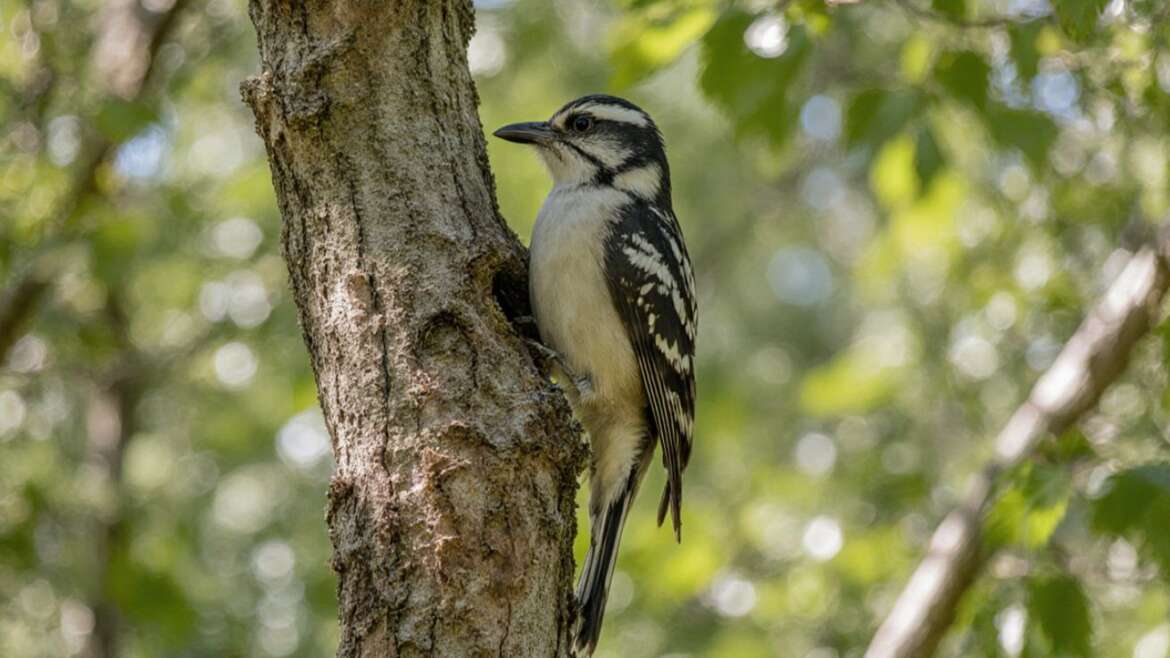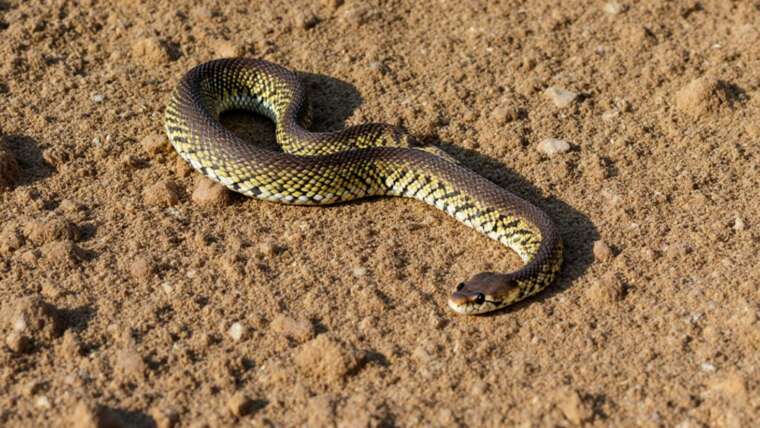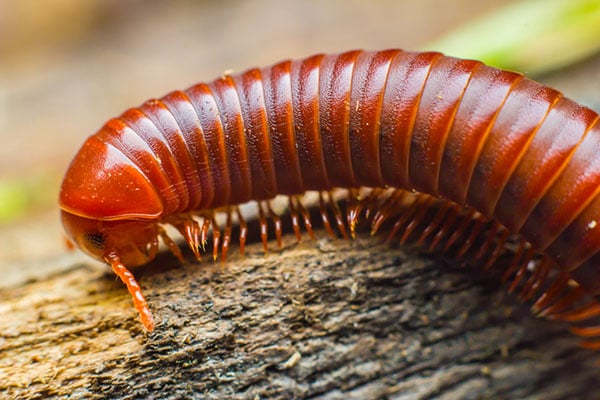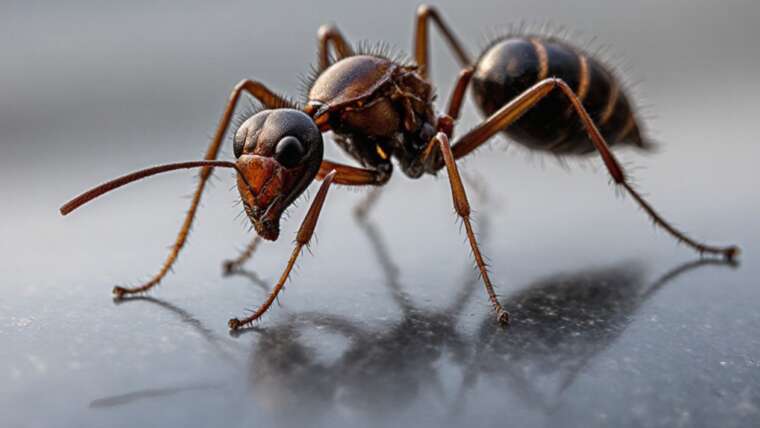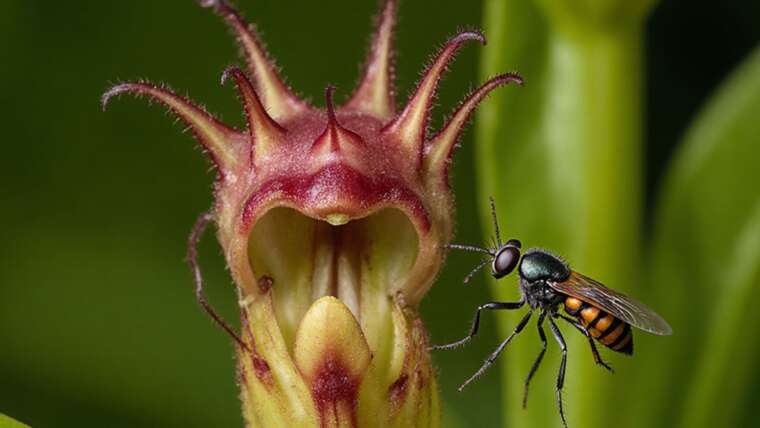Birds may be delightful to watch, but their nests can pose significant challenges for commercial property owners. Whether it’s a lever-up for pests or the potential for structural damage, understanding the appropriate ways to manage bird nests is essential. Here’s a comprehensive overview of the do’s and don’ts of bird nest removal, along with practical tips to enhance your experience.
Do: Know the Laws and Regulations
Before you attempt to remove a bird’s nest, it’s crucial to familiarize yourself with local laws and regulations. Many bird species are protected by law, making it illegal to disturb or remove their nests during breeding season. In the U.S., for instance, the Migratory Bird Treaty Act protects numerous species.
Tip: Always check with your local wildlife agency or consult with a legal expert to ensure compliance. If possible, keep a resource list of these regulations easily accessible for future reference.
Don’t: Remove Nests During Breeding Season
Removing nests during breeding season can be detrimental to both the birds and your organization. A nest may evoke a feeling of sentimental attachment in some cases, but it can also bring on legal repercussions. Most birds breed in spring and summer, although specific timelines can vary by species.
Fact: Some bird species will return to the same nesting site each year. Thus, removing a nest during their breeding season might lead to a more persistent problem in the following years.
Do: Inspect the Nest for Activity
Before you proceed with removal, check whether the nest is active. An active nest will typically contain eggs or chicks, and disrupting their habitat can lead to their abandonment or worse. Observe the nest from a safe distance for a few days to gauge activity.
Tip: Use a pair of binoculars to observe bird activity without getting too close. This can help minimize stress for both you and the birds.
Don’t: Attempt DIY Removal Without Expertise
Handling bird nests can pose health risks due to potential exposure to parasites or diseases. Additionally, improper removal techniques can cause harm to the birds or other wildlife. It’s often advisable to hire a professional who understands the nuances of safe and legal bird nest removal.
Fact: Professionals may also have access to tools or methods that reduce the likelihood of birds returning to the same nesting area.
Do: Plan for Preventive Measures Post-Removal
Once a nest has been safely and legally removed, it’s essential to take preventive measures to deter birds from re-nesting in the same site. This may include installing physical barriers such as bird spikes, netting, or even using sound deterrents.
Tip: Consider using bird deterrent gel to create an uncomfortable landing surface where birds are likely to look for new nesting spots. This method can effectively dissuade them from returning.
Don’t: Neglect Cleaning the Area
After a nest is removed, ensure the area is thoroughly cleaned. Bird droppings can harbor harmful bacteria and pose health risks to humans. Proper cleaning helps maintain a safe environment and makes the area less appealing for future nesting.
Fact: A mixture of vinegar and water can be an effective natural cleaner for bird droppings, helping to sanitize the area without harmful chemicals.
Do: Educate Your Staff
Educating employees about the importance of bird nest management and the legal implications can foster a culture of mindful practices. Train your staff on how to recognize nests and the correct protocols to follow should they encounter one.
Tip: Create educational materials or host short training sessions about local bird species and their nesting habits to raise awareness and promote responsible action.
Don’t: Forget to Consider Seasonal Changes
Seasonal changes can significantly affect bird behavior and nesting patterns. Understanding these patterns allows you to be proactive rather than reactive when it comes to bird control.
Tip: Keep a seasonal calendar of bird migration and nesting times for your region, allowing for timely interventions and planning.
Conclusion
Navigating the complexities of bird nest removal requires a careful combination of awareness and action. By adhering to these do’s and don’ts, you can ensure a safer approach for both your property and local wildlife. Remember, when in doubt, consult a professional to maintain best practices and ensure compliance with applicable laws.

